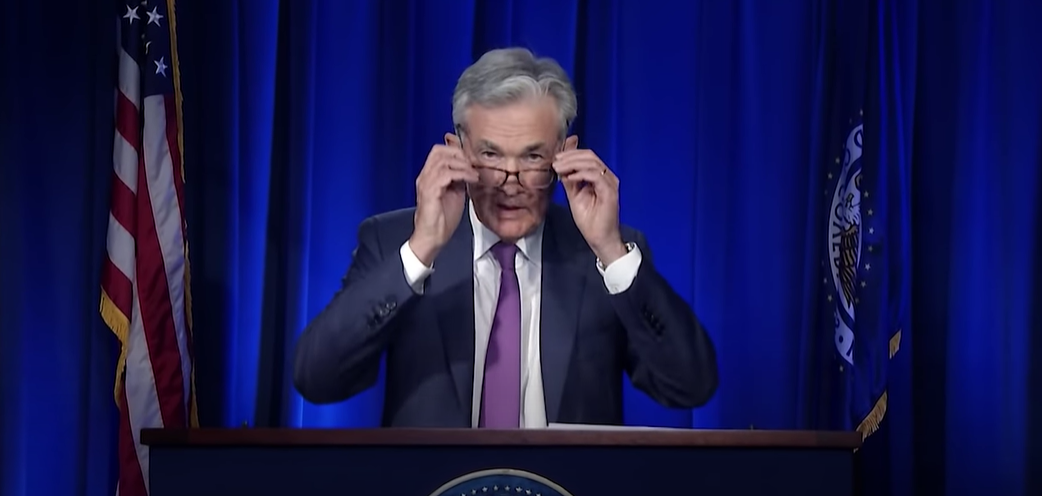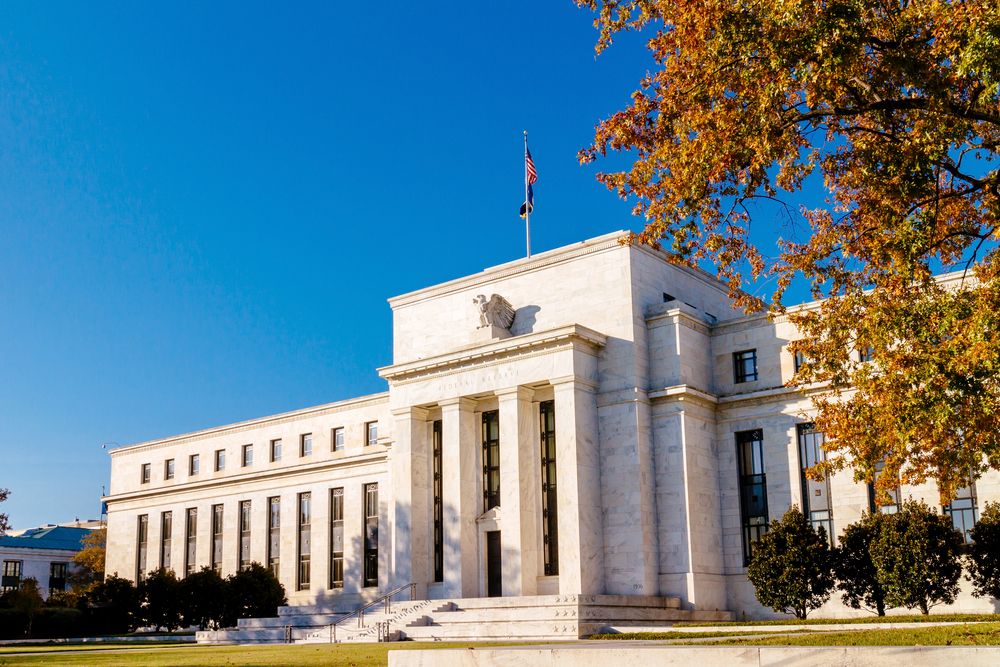Fed's Standing Repurchasing Agreement Facilities
Federal Reserve kept its benchmark rate anchored in a range between 0% and 0.25% and Fed is buying at least $80 billion of Treasurys and $40 billion of mortgage-backed securities at its meeting date July 27-28.
FOMC statement noted that progress on vaccinations has reduced the spread of COVID-19 in the United States. Amid this progress and strong policy support, indicators of economic activity and employment have strengthened. The sectors most adversely affected by the pandemic remain weak but have shown improvement. But despite these signs of improvement, the sectors have not yet fully recovered. It also noted that recently increased coronavirus cases pose a risk to the economic outlook.
The Federal Open Market Committee on Wednesday announced the establishment of two standing repurchase agreement (repo) facilities—a domestic standing repo facility (SRF) and a repo facility for foreign and international monetary authorities. These facilities will serve as backstops in money markets to support the effective implementation of monetary policy and smooth market functioning.
The minimum bid rate for repos under the facility will be set initially at 25 basis points, somewhat above the general level of overnight interest rates. Counterparties for this facility will include primary dealers and will be expanded over time to include additional depository institutions.
Powell's Dovish Image
Fed Chairman Jerome Powell, who faced the press after the meeting, noted that progress in vaccination and monetary and financial support provide a strong basis for the economy and added "...I am confident that we are on a path to a very strong labor market." Powell, who attributed the pressure on the employment market to the pandemic, said that pressure would weaken in the coming months.
Fed Chair said the inflation rate, announced at a recent 13-year peak, will continue to rise slightly in the coming months before it starts to decline, and reiterated that in the long term, they expect inflation rates to be close to the 2 percent target.
Stating that they aim to anchor inflation expectations well with the new policy, Powell said that the targeted inflation based on expectations is generally consistent. He also repeated that the Fed would intervene if they faced a possible scenario in inflation rates.
Sharing his comments on asset purchases, Powell said that they continue to evaluate the progress determined to reduce bond purchases at the FOMC meeting held the day before. Noting that they talked about how the pace and component would be when the reduction of asset purchase programs started, the Chair said that the timing of the reduction in asset purchases will be based on macroeconomic data. Regarding Repurchase Agreement Arrangements Powell said: "These facilities will serve as backstops in money markets to support the effective implementation of monetary policy and smooth market functioning."
Pointing out that there is a path to go in the labor market, Powell said that there is currently no threshold for maximum employment. In an additional comment on the inflation rate, Powell said he expected it to be above the 2 percent target in the coming months, but that it would start to be subdued in the medium term.
Powell, who also shared his comments on Delta variant, predicted that the outbreak could have an impact on human health, but it would not be felt much on the economy. But Powell, who also expects Delta to put pressure on the employment market, said they will closely follow the effects of the new variant.
The Chair further noted that the Fed is far from raising the federal funds target of 0 - 0.25 percent, which it has been implementing for more than 1 year, and that together with FOMC members they are evaluating adjusting asset purchase programs, not raising rates.
Powell noted that there are disagreements about when asset purchases will start to be reduced, and there are many ideas for this issue within the FOMC. He said data indicating that the economy is strengthening will be examined before asset purchase programs are started to be reduced and that they will adjust the time when significant progress is made towards targets.





